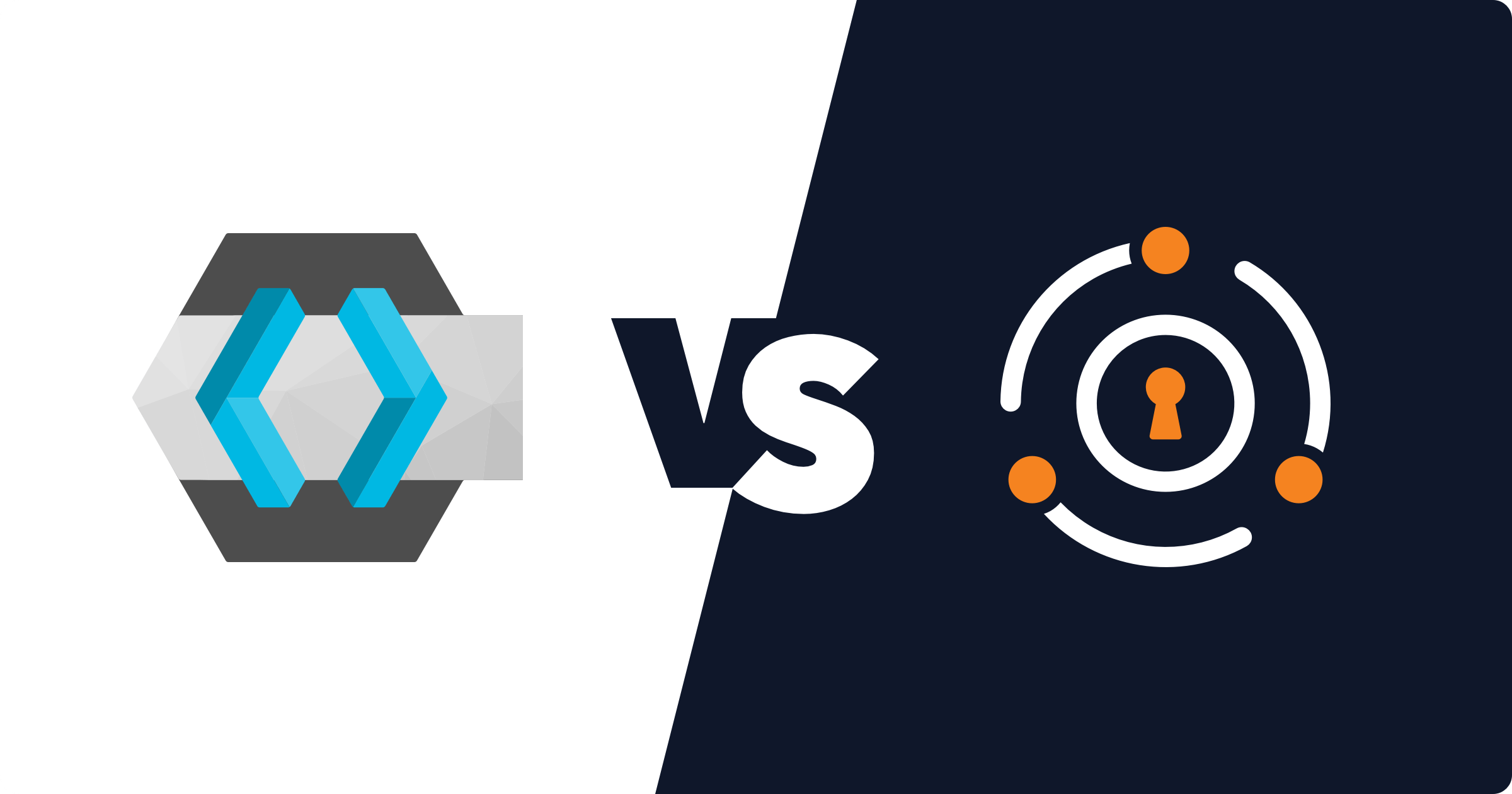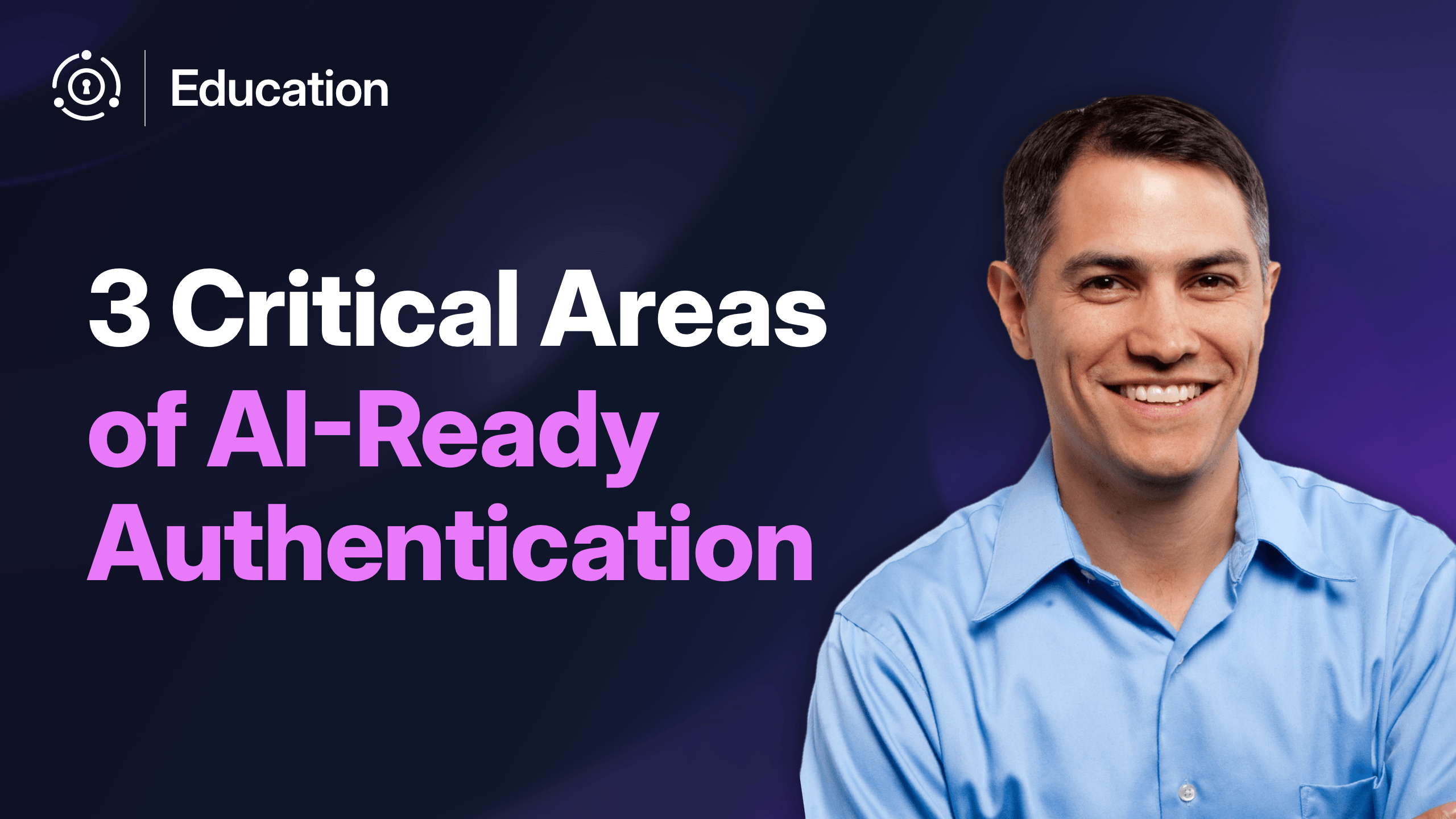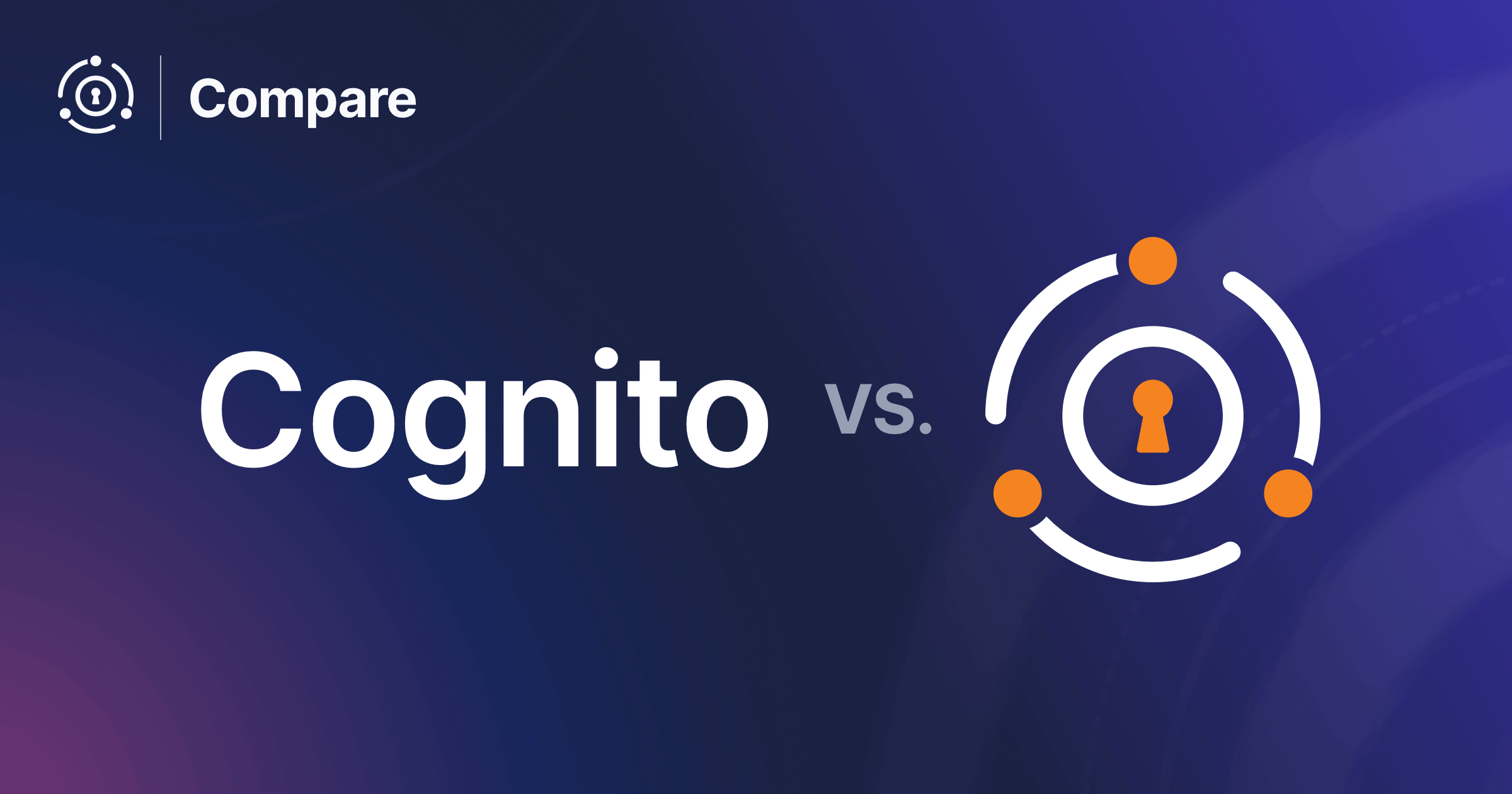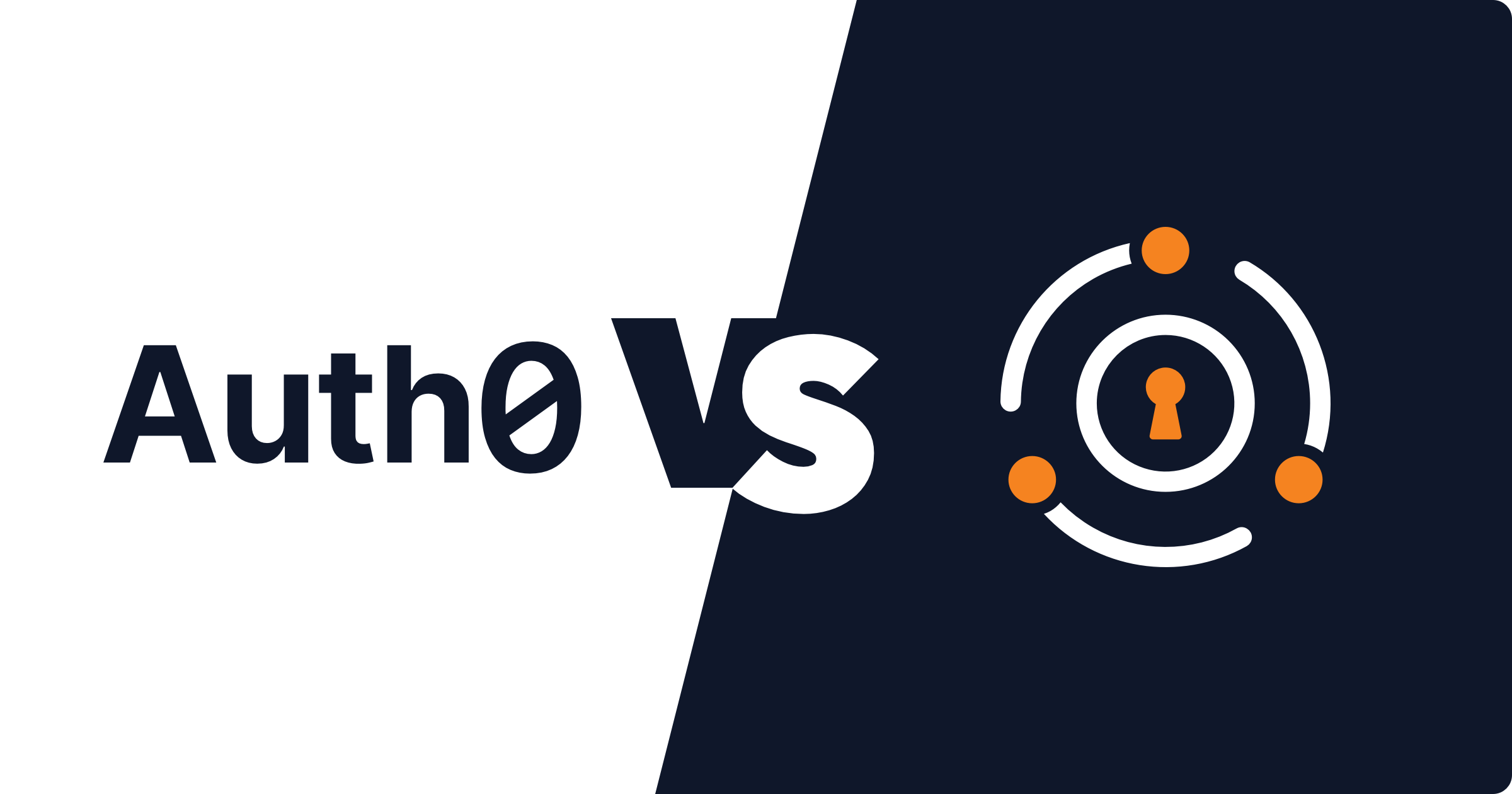When engineering teams evaluate authentication platforms beyond homegrown solutions, the choice between Keycloak and FusionAuth has profound implications for team productivity, operational overhead, and total cost of ownership. While both offer enterprise-grade identity management, they take fundamentally different architectural approaches that create a $113,000+ difference in 3-year total cost of ownership.
Quick Decision Framework:
- Choose FusionAuth if: You prioritize developer productivity, operational simplicity, and single-tenant security isolation
- Choose Keycloak if: You need extensive protocol support, have strong DevOps capabilities with Keycloak-specific developers, and require zero licensing costs
Total Cost of Ownership Analysis (3-Year, 50K Users)
The Hidden Costs of “Free” Authentication
| Cost Category | Keycloak | FusionAuth | Difference |
|---|---|---|---|
| Licensing | $0 | $36,000 | +$36K Keycloak |
| Infrastructure (3-Year) | $45,000 | $18,000-$27,000 | -$18K-$27K FusionAuth |
| Operations (3-Year) | $142,200 (3+ hrs/week) | $19,500 (0.5 hrs/week) | -$122K FusionAuth |
| Developer Training (5 devs) | $12,000-$24,000 (40+ hrs each) | $3,000 (4 hrs each) | -$9K-$21K FusionAuth |
| Total 3-Year TCO | $199,200-$211,200 | $76,500-$85,500 | -$113K-$126K FusionAuth |
Key Insight: FusionAuth delivers 62% lower total cost of ownership despite licensing fees, primarily due to operational efficiency and reduced maintenance overhead.
Architecture Philosophy: Single-Tenant vs Multi-Tenant
FusionAuth: Single-Tenant Isolation
- Complete data isolation per instance
- No noisy neighbor effects
- Predictable performance scaling
- Enhanced security boundaries
- Dedicated resources per tenant
Keycloak: Multi-Tenant Realms
- Shared infrastructure across realms with third-party hosting
- Resource efficiency through sharing
- Potential performance degradation with 100+ realms
- Complex distributed system debugging
- Shared database with tenant separation
Developer Experience Comparison
Setup and Implementation
| Factor | Keycloak | FusionAuth | Advantage |
|---|---|---|---|
| Time to Production | 2-4 weeks | 1 day - 2 weeks | FusionAuth |
| Infrastructure Setup | 3-node cluster, complex | Single node, simple | FusionAuth |
| Database Config | Complex H2→Production DB | Standard JDBC | FusionAuth |
| Container Deployment | Multi-stage build, K8s operator | Single container, docker-compose | FusionAuth |
| Initial Configuration | Manual GUI realm/client setup | Automated Kickstart JSON files | FusionAuth |
| CI/CD Integration | Export/import, complex scripting | Built-in automation, IaC ready | FusionAuth |
Learning Curve and Documentation
| Aspect | Keycloak | FusionAuth | Advantage |
|---|---|---|---|
| Learning Curve | 40+ hours, complex concepts | 4 hours, intuitive design | FusionAuth (90% reduction) |
| Documentation Quality | ”Scattered,” gaps remain | ”Complete and good,” direct engineering access | FusionAuth |
| API Design | Admin-centric, configuration heavy | API-first, developer-friendly | FusionAuth |
| SDK Availability | Community-maintained, varying quality | Official SDKs for React, Angular, Vue | FusionAuth |
| Testing Framework | ”Too complicated to use” | Automated examples, clear patterns | FusionAuth |
| Local Development | Manual realm/client creation | Kickstart automation, instant setup | FusionAuth |
Operational Characteristics
Maintenance and Operations
| Factor | Keycloak | FusionAuth | Impact |
|---|---|---|---|
| Weekly Maintenance | 3+ hours, specialized expertise | Under 30 minutes, minimal expertise | 85% reduction |
| Upgrade Process | 15-30 min downtime, cluster coordination | 5-60 min downtime, rolling upgrades | FusionAuth |
| Monitoring Complexity | External setup, distributed debugging | Built-in health checks, simple logging | FusionAuth |
| Security Patching | Manual cluster updates, coordination | Automated processes, minimal coordination | FusionAuth |
| Troubleshooting | Complex distributed system | Straightforward single-tenant issues | FusionAuth |
Feature Comparison
Protocol and Integration Support
| Feature Category | Keycloak | FusionAuth | Advantage |
|---|---|---|---|
| Protocol Support | Extensive (OIDC, SAML, OAuth2, Kerberos) | Core protocols (OIDC, SAML, OAuth2) | Keycloak |
| Federation Options | LDAP, AD, custom providers | Standard integrations, custom via APIs | Keycloak |
| Authentication Flows | Complex flows, GUI-based | Simplified flows, API-based | Trade-off |
| Theme Customization | Freemarker templates, JAR packaging | Direct HTML/CSS, API-driven, advanced theming through Freemarker | FusionAuth |
| Migration Tools | Import/export capabilities | Dedicated migration tools from multiple sources | FusionAuth |
Real-World Case Studies
FusionAuth Migration Success Stories
- 59% performance improvement
- $150K developer cost savings
- Enhanced operational efficiency
- Significant cost savings
- GDPR compliance benefits
- Improved developer experience
Switchboard Migration:
- 66% reduction in migration timeline (12→4 months)
- Faster time to market
- Simplified operations
Unsupervised Migration:
- $150K savings (equivalent to senior engineer hire)
- Reduced operational complexity
Decision Matrix for Application Engineering Leaders
Choose FusionAuth When:
Primary Use Cases:
- Microservices migration from homegrown auth
- Cloud-native development (Kubernetes, containers)
- Data residency requirements (EU, financial services)
- Developer productivity is priority
- Operational simplicity needed
- Predictable scaling required
Technical Requirements:
- Single-tenant security isolation
- API-first integration approach
- Minimal maintenance overhead
- Fast developer onboarding
- CI/CD pipeline integration
Company Profile:
- Engineering decision-makers with P&L accountability
- Teams migrating from homegrown or building their first solutions
- Organizations prioritizing developer efficiency
Choose Keycloak When:
Primary Use Cases:
- Extensive protocol support needed (Kerberos, complex SAML)
- Advanced federation requirements
- Zero licensing cost is absolute requirement
- Mature DevOps capabilities for complex systems, as long as you have Keycloak experience
Technical Requirements:
- Complex enterprise protocol support
- Extensive out-of-box compliance features
- Configuration-based customization
- Dedicated resource with security experience
Migration Considerations
From Keycloak to FusionAuth
- Timeline: Days to weeks depending on complexity
- Downtime: Minimal with rolling migration options
- Tools: Dedicated FusionAuth migration tooling
- Data Preservation: Users, roles, apps migrate cleanly
- Risk Level: Low with proven migration paths
From FusionAuth to Keycloak
- Timeline: Weeks to months for full feature parity
- Downtime: Significant for complex configurations
- Tools: Manual export/import process
- Data Preservation: May lose some customizations
- Risk Level: Medium to high depending on features used
Business and Strategic Factors
Support and Professional Services
| Factor | Keycloak | FusionAuth | Advantage |
|---|---|---|---|
| Community Support | Large community, fragmented quality | Commercial support + community | FusionAuth |
| Professional Services | Red Hat commercial, various consultants | Direct engineering team access | FusionAuth |
| Feature Development | Community-driven, slower | Commercial roadmap, responsive | FusionAuth |
| Vendor Lock-in Risk | Open source, operational lock-in | Commercial, standard protocols, user data always avaialable for export | Trade-off |
Technical Deep Dive: Why Architecture Matters
The Engineering “Holy Grail” of Resiliency
Modern Application Engineering Leaders have grown in power and influence over company revenue due to trends like containers and Kubernetes. They’ve invested heavily in reliability and resiliency through new backends, often risking outages to achieve systematic improvements.
FusionAuth’s Single-Tenant Architecture Benefits:
- Eliminates noisy neighbor effects that can impact performance
- Provides complete data isolation for enhanced security
- Enables predictable scaling without performance degradation
- Simplifies troubleshooting with straightforward single-tenant issues
- Supports the engineering holy grail of resiliency and uptime
Cloud-Native Development Requirements
Today’s Application Engineering Leaders need authentication that works seamlessly with modern development practices:
FusionAuth’s Cloud-Native Advantages:
- Downloadable and deployable in any environment
- Works in CI/CD pipelines with automated testing
- Kickstart automation for reproducible environments
- Container-ready with simple deployment
- API-first design for agile development processes
FAQ: Common Questions from Engineering Leaders
Q: How does the learning curve impact team productivity?
A: FusionAuth requires 4 hours vs Keycloak’s 40+ hours for developer onboarding, representing a 90% reduction in training time. This translates to faster feature delivery and reduced context switching for development teams.
Q: What about vendor lock-in concerns?
A: FusionAuth’s single-tenant architecture actually reduces operational lock-in since you can migrate between deployment models (cloud, self-hosted, hybrid) without architectural changes. FusionAuth prides itself on making certain that your data is alaways available to you, and we make it easy to migrate away if the need arises.
Q: How do operational costs compare beyond licensing?
A: While Keycloak has zero licensing costs, the operational overhead creates higher total costs. FusionAuth requires less than 30 minutes weekly maintenance vs 3+ hours for Keycloak, plus significantly lower infrastructure and training costs.
Q: Which platform handles scale better?
A: FusionAuth’s single-tenant architecture provides predictable scaling without the performance degradation Keycloak experiences after 100-200 realms. Each FusionAuth instance scales independently without affecting others.
Conclusion: Making the Strategic Choice
For teams prioritizing total cost of ownership optimization, developer productivity, and operational efficiency, FusionAuth delivers superior value despite licensing costs. The 62% TCO reduction, 90% training time decrease, and 85% maintenance overhead reduction typically outweigh Keycloak’s feature breadth.
Key Insight
While Keycloak offers robust features out-of-the-box, FusionAuth’s operational efficiency and developer experience advantages typically outweigh any advantage Keycloak might have for most Application Engineering teams, especially when factoring in total cost of ownership and engineering productivity impact.
Need help evaluating authentication platforms for your engineering team? Contact our solutions engineers for a personalized assessment of your requirements and migration path.
Related Resources:










